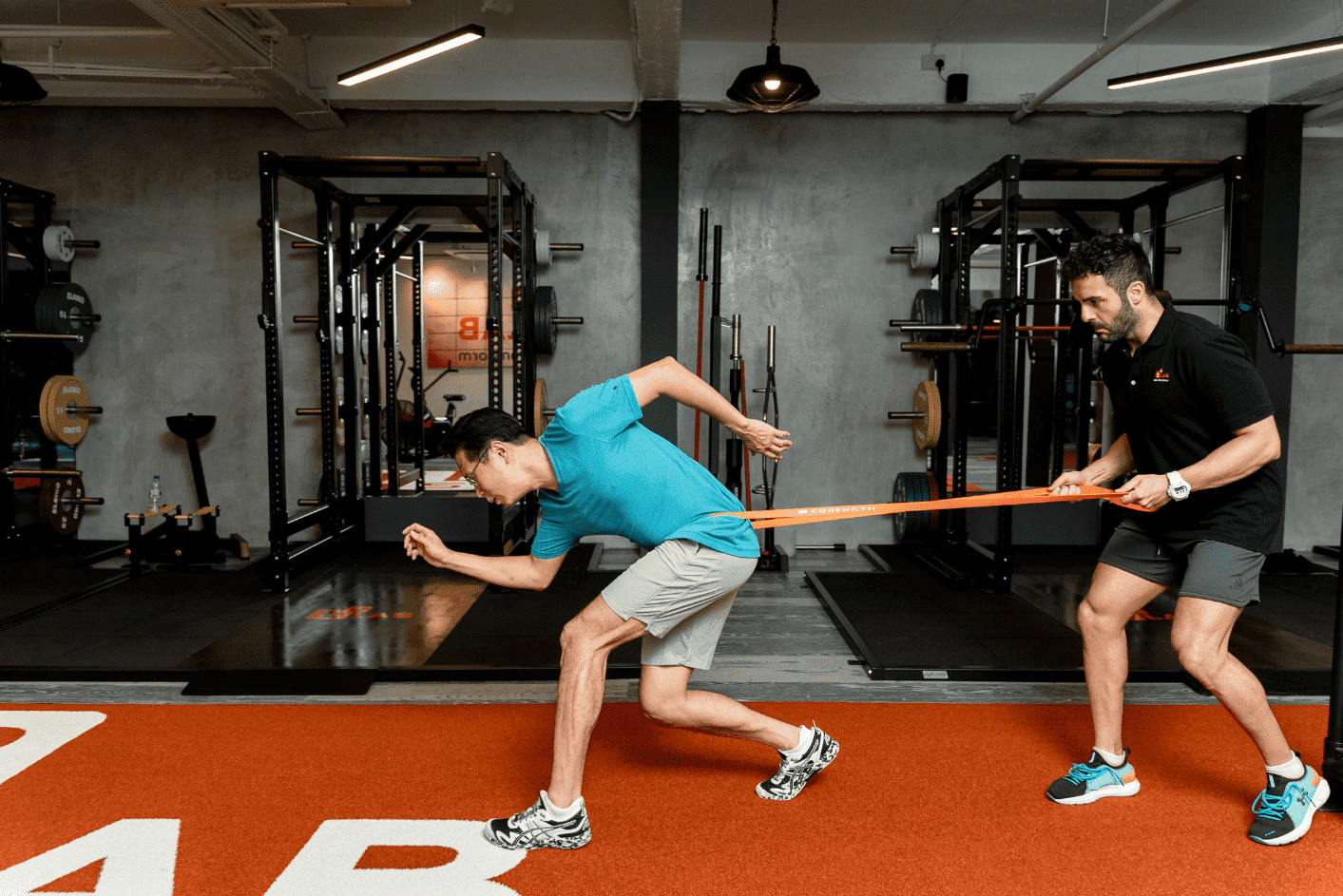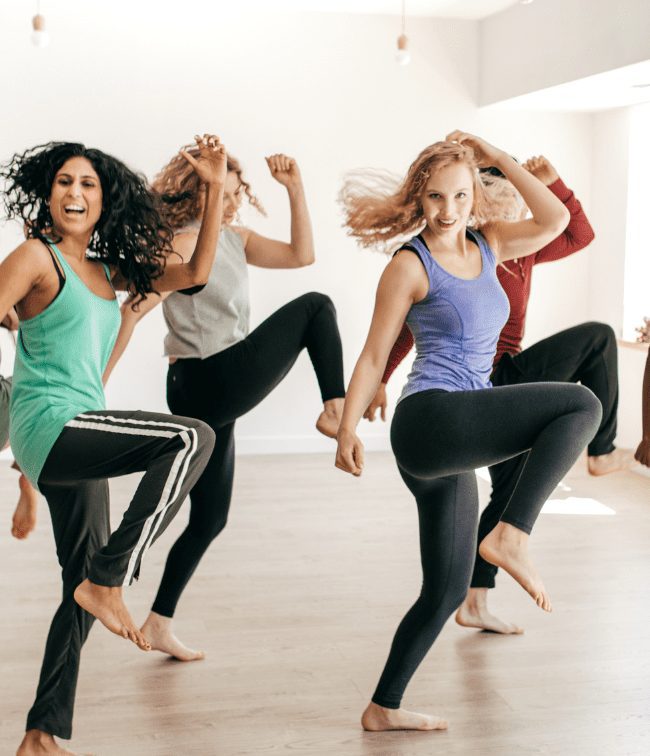
Top 5 Rehabilitation Exercises for Common Injuries
In the world of fitness and rehabilitation, injuries can occur despite the best preventative measures. Whether you’re a personal trainer working with clients recovering from injuries or someone on the path to recovery yourself, incorporating the right exercises into a rehabilitation program is crucial for effective healing and prevention of future injuries. This blog post will highlight five effective rehabilitation exercises for common injuries, including lower back pain, shoulder impingement, knee sprains, and more. Each exercise will be broken down with step-by-step instructions, variations for different fitness levels, and tips for ensuring proper form and safety.
Lower Back Pain: Bird Dog
The Bird Dog exercise is excellent for strengthening the core and lower back while improving stability and balance. It targets the muscles of the lower back, glutes, and core, which are essential for supporting the spine and alleviating pain.
Step-by-Step Instructions:
Begin on your hands and knees in a tabletop position. Ensure your wrists are aligned under your shoulders and your knees are under your hips. Engage your core and slowly extend your right leg behind you while simultaneously reaching your left arm forward. Keep both your arm and leg straight. Hold this position for 2-3 seconds, ensuring your hips remain level and your back stays straight. Slowly return to the starting position and repeat with the opposite arm and leg.
Beginner: Perform the exercise with your arms and legs slightly bent to reduce intensity.
Advanced: Add a small weight or resistance band to the extending arm or leg for added resistance.
Tips for Proper Form:
Avoid arching your lower back by keeping your core engaged. Ensure your movements are slow and controlled to avoid jerking motions.
Shoulder Impingement: External Rotation with Resistance Band
External rotation exercises strengthen the rotator cuff muscles and improve shoulder stability, which is crucial for individuals recovering from shoulder impingement.
Step-by-Step Instructions:
Secure a resistance band to a stable object at elbow height. Stand or sit with your side facing the band, holding it with the hand closest to the band. Bend your elbow to 90 degrees and keep your upper arm close to your body. Rotate your forearm outward, away from your body, against the resistance of the band. Keep your elbow fixed at your side. Slowly return to the starting position.
Beginner: Use a lighter resistance band or perform the exercise with minimal resistance.
Advanced: Increase resistance or add a few additional sets as strength improves.
Tips for Proper Form:
Keep your movements controlled and avoid using your shoulder muscles to force the movement. Focus on using your rotator cuff muscles rather than your entire arm.
Knee Sprains: Step-Up
The Step-Up exercise strengthens the quadriceps, hamstrings, and glutes, providing support and stability to the knee joint, which is beneficial for those recovering from knee sprains.
Step-by-Step Instructions:
Stand in front of a sturdy bench or step with your feet hip-width apart. Place your right foot on the step, pressing through your heel to lift your body up. Bring your left foot up to meet your right foot. Step back down with your right foot, followed by your left foot, returning to the starting position. Repeat the movement for 10-15 reps before switching to the other leg.
Beginner: Use a lower step or bench to reduce the range of motion.
Advanced: Increase the height of the step or add light weights to increase resistance.
Tips for Proper Form:
Ensure your knee does not extend past your toes during the step-up. Keep your chest up and core engaged throughout the exercise.
Hamstring Strain: Glute Bridge
The Glute Bridge is a powerful exercise for strengthening the glutes and hamstrings while improving overall hip stability. It’s particularly beneficial for those recovering from hamstring strains.
Step-by-Step Instructions:
Lie on your back with your knees bent and feet flat on the floor, hip-width apart. Place your arms at your sides with palms facing down. Engage your core and press through your heels to lift your hips towards the ceiling, squeezing your glutes at the top. Hold the bridge position for 2-3 seconds, then slowly lower your hips back to the starting position.
Beginner: Perform the exercise without adding additional weight or resistance.
Advanced: Place a weight plate or barbell across your hips for added resistance or try single-leg bridges for increased difficulty.
Tips for Proper Form:
Avoid overextending your lower back; the movement should come from your hips and glutes. Keep your feet flat and ensure your knees stay aligned with your toes.
Ankle Sprain: Heel Raises
Heel Raises help strengthen the calf muscles and improve ankle stability, making them ideal for rehabilitation following an ankle sprain.
Step-by-Step Instructions:
Stand with your feet hip-width apart near a wall or chair for support. Slowly rise onto the balls of your feet, lifting your heels off the ground as high as possible. Hold for 2 seconds at the top, then lower your heels back to the ground.
Beginner: Perform the exercise with both feet, holding onto support for balance.
Advanced: Perform single-leg heel raises or add weights to increase resistance.
Tips for Proper Form:
Move slowly and control the motion to avoid bouncing. Keep your core engaged and your body upright to maintain balance.
Incorporating these rehabilitation exercises into your or your clients’ routines can be incredibly beneficial for recovering from common injuries. Each exercise targets specific muscle groups and functions crucial for recovery, but it’s essential to tailor the exercises to individual needs and progress gradually. Remember to always emphasize proper form to prevent further injury and consult with a healthcare professional before starting any new rehabilitation program. With consistency and dedication, these exercises can help pave the way to a full and effective recovery.




